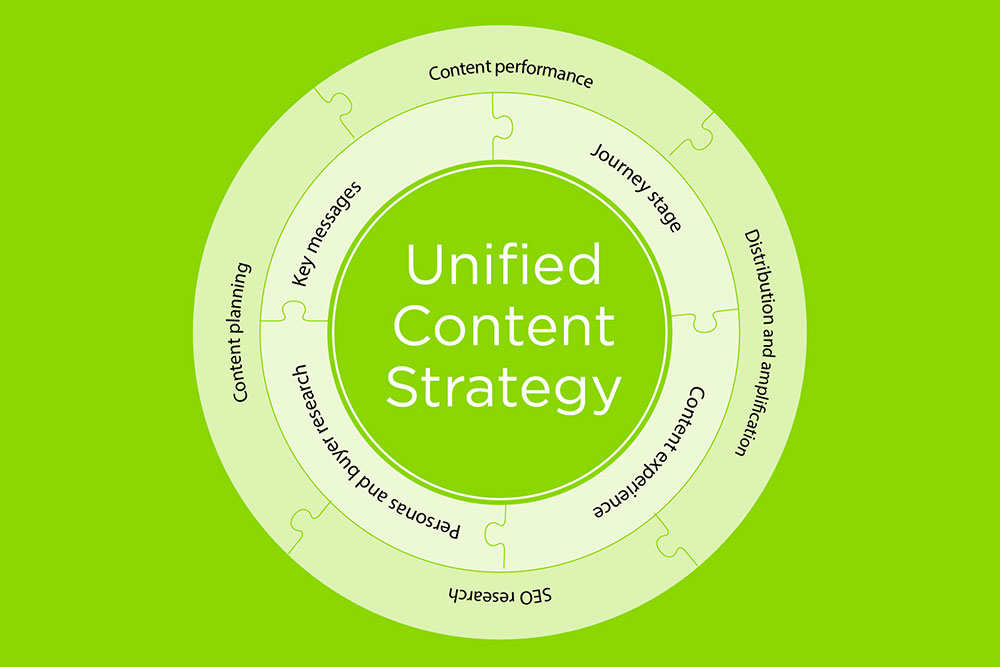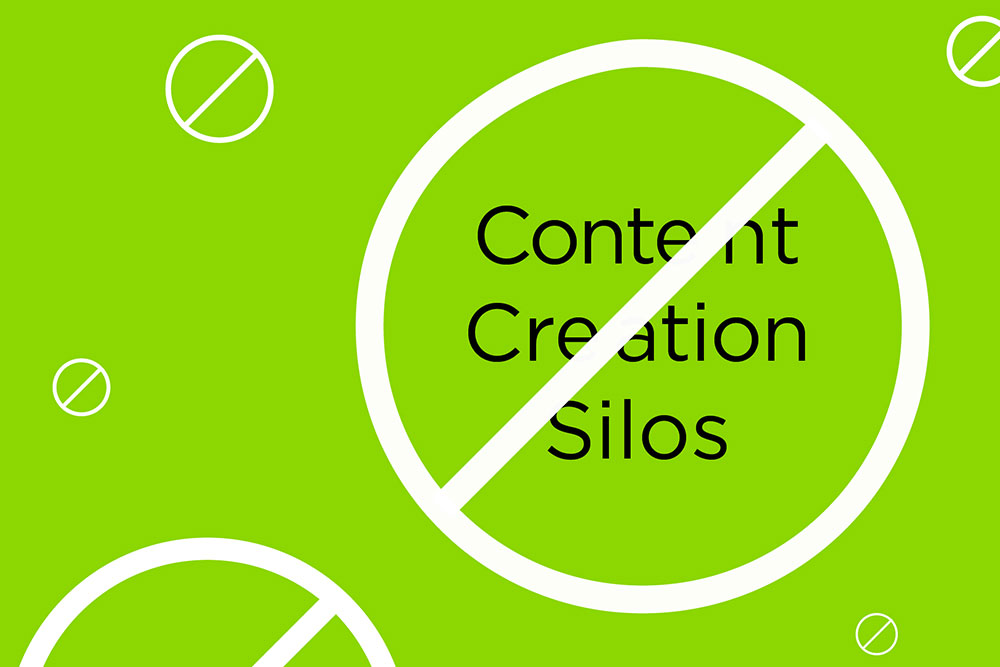Today, most B2B marketing and business leaders put customer experience at the core of their business strategy. A good thing, considering that buyers continue to get more autonomous—choosing when and how they engage. But one common and unintended result is that B2B buyers are inundated with more content than they need or find useful.
Consider these Forrester Research findings, highlighted at the recent Forrester B2B Summit North America conference:
- 61% of B2B buyers say that “Vendors give me too much material.”
- 56% say that “The material is extraneous. I get my info from other sources.”
- 54 out of 60 B2B websites across 12 industries failed to pass Forrester’s “engaging content” test in 2019.*
These insights shouldn’t be shocking. After all, larger organizations have multiple marketing teams creating volumes of content to facilitate the sales process across digital channels and every stage of the buyer journey. Product marketing, content marketing, demand gen, social media, digital strategy, and web teams—they’re all throwing webpages and content assets into the marketing soup to help win and retain customers.
But when these teams lack alignment on content strategy, your organization cannot deliver a consistent, high-quality content experience across channels and content types. And that’s what customers expect.
As a marketing leader, is it possible to align far-flung, siloed content creators with conflicting priorities? Yes, if you evangelize, implement, and maintain a unified content strategy.
* Source: Forrester’s Q2 2019 International B2B Marketing ABE Panel Online Survey

8 Building Blocks of a Unified Content Strategy
When I say “unified content strategy” I’m not talking about another grand plan to be developed and executed. I’m simply suggesting that you consider your organization, talk with your team leads, and find opportunities to improve how marketing content is created and governed.
Consider these opportunities for collaboration and shared content resources:
- Personas and buyer research: Are detailed and content-actionable personas accessible by all marketing teams creating content for a target audience? Do all team members know that these resources exist?
Opportunity: According to Forrester Research, “59% of B2B marketing organizations do not consistently use audience definition and prioritization to inform content strategy.” - Key messages: Are messages and positioning consistent across channels and content formats, sourced from the same messaging framework document by multiple teams?
Opportunity: According to Forrester Research, “59% of B2B marketing organizations do not consistently use campaign messaging and themes to inform content strategy.” - Journey stages: Is content, no matter what team creates it, consistently mapped to the appropriate customer journey stage? Does content address the customer’s informational needs at each step?
- Connected experiences: Does your content create a progressive and connected content experience, with each touchpoint building upon the previous one? That requires coordination between the teams creating content.
- Content planning: Do you maintain and share a content calendar for visibility of assets and campaigns? Do teams meet periodically to collaborate on content needs and opportunities for asset sharing and repurposing?
- Content performance: Are team and individual KPIs aligned to the full customer experience, or only to discrete KPIs like lead generation for a specific product or solution? Are teams regularly analyzing and optimizing content?
Opportunity: According to Forrester Research, “68% of B2B marketing organizations do not consistently use content performance data to inform content strategy decisions.” - SEO research: Different SEO teams are often responsible for organic versus paid search programs. But do they share notes on SEO keywords and strategies? Are those strategies incorporated into all content creation?
Opportunity: According to Forrester Research, “49% of B2B marketing organizations do not include SEO and keyword strategy information in messaging and planning documents.” - Distribution and amplification: Are all teams aware of all the possible owned, earned, and paid channels for distribution? Is content distribution coordinated across teams?

Helping All Marketing Teams Reach Their Goals
While it’s unrealistic to tackle these issues en masse, it’s important to ensure that these building blocks of content strategy are aligned. When they are, your teams are more likely to deliver a superb digital content experience to customers—and marketing teams will deliver improved results—from lead gen and conversion to customer retention. But it’s up to you, as a marketing leader, to help them see the possibilities and connect their interests to the bigger picture. Begin the conversation today and find the opportunities within your organization.
Karla Spormann is CEO and Founder of Tendo Communications.









